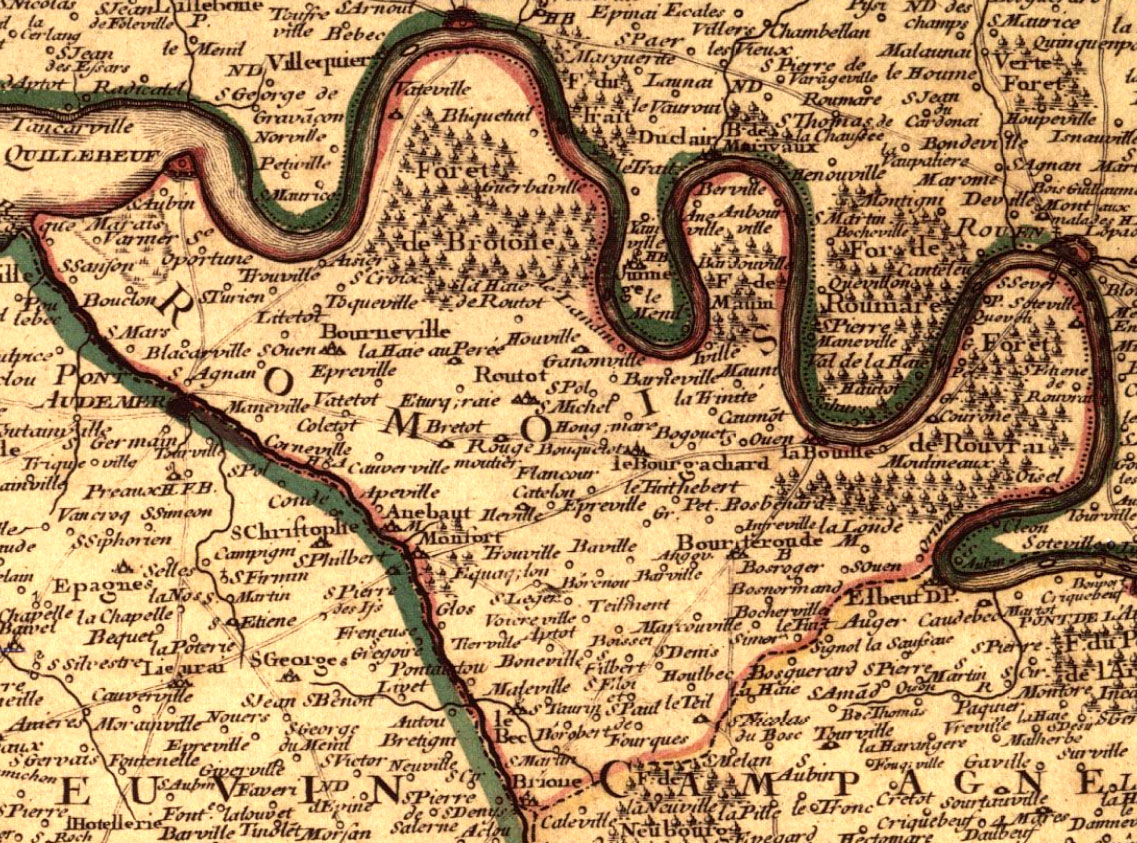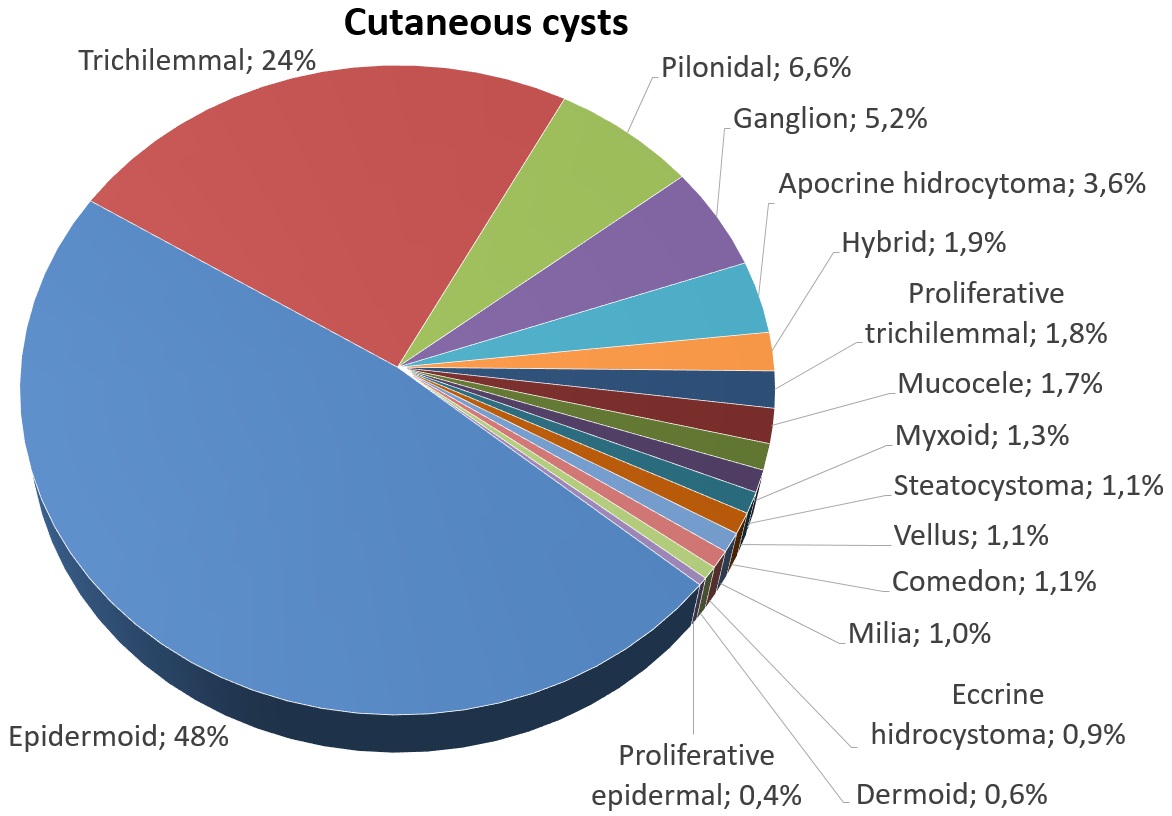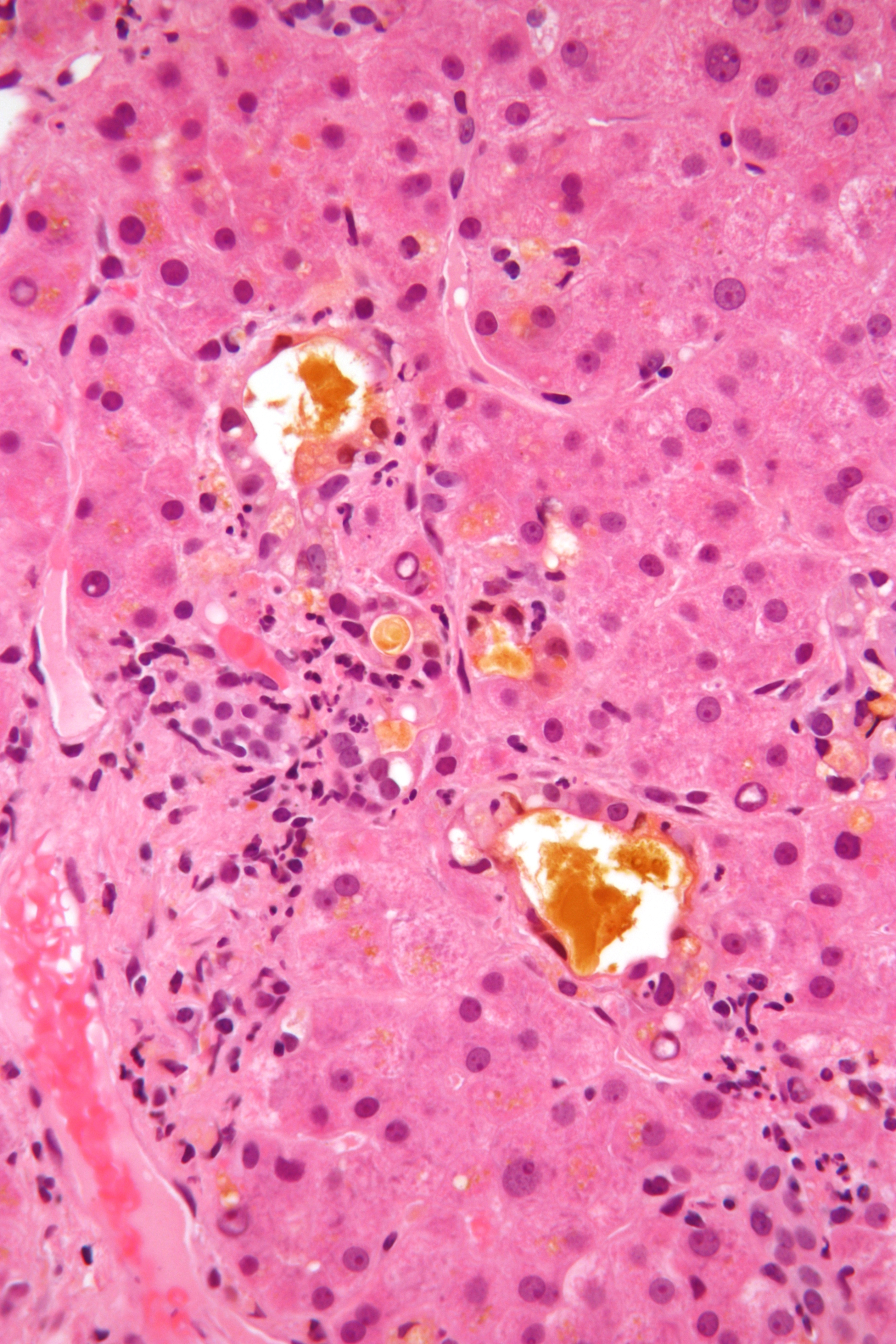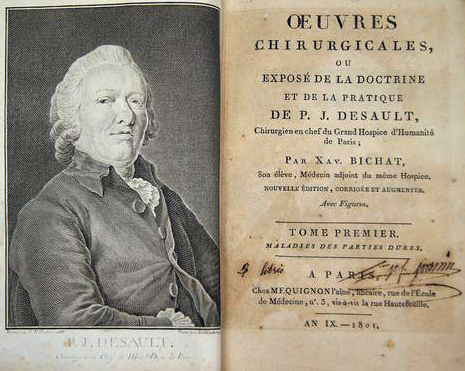|
Louis Lépecq De La Clôture
Louis Lépecq de La Clôture (12 July 1736 – 5 November 1804) was a French surgeon and epidemiologist. His work consisted mainly of a 15-year observation of the relations between climate, geography and pathologies in Normandy. Biography Son of Louis Lépecq de La Clôture (1706–1742), doctor-regent and professor of surgery at the Faculty of Medicine in Caen and Madeleine Pyron, he was born in Caen in Calvados. He began his medical studies in Caen where, in 1755, he obtained his medical degree. After a stay in Paris where he worked at the Hôpital de la Charité, notably under the direction of Théophile de Bordeu who taught him to "replace words with facts" he returned to Caen (1763) as an '' agrégé'' at the Faculty and Professor of Surgery. In 1769, he went to Rouen, where he was agrégé at the College of Physicians then appointed doctor of the Hôtel-Dieu de Rouen, then doctor of the Prisons and doctor of the ''Généralité'' for epidemic diseases. He married Marie C ... [...More Info...] [...Related Items...] OR: [Wikipedia] [Google] [Baidu] |
Caen
Caen (, ; nrf, Kaem) is a commune in northwestern France. It is the prefecture of the department of Calvados. The city proper has 105,512 inhabitants (), while its functional urban area has 470,000,Comparateur de territoire INSEE, retrieved 20 June 2022. making Caen the second largest urban area in and the 19th largest in France. It is also the third largest commune in all of Normandy after and Rouen. It is located inland ... [...More Info...] [...Related Items...] OR: [Wikipedia] [Google] [Baidu] |
Pierre Jean Georges Cabanis
Pierre Jean Georges Cabanis (; 5 June 1757 – 5 May 1808) was a French physiologist, freemason and materialist philosopher. Life Cabanis was born at Cosnac (Corrèze), the son of Jean Baptiste Cabanis (1723–1786), a lawyer and agronomist. At the age of ten, he attended the college of Brives, where he showed great aptitude for study, but his independence of spirit was so great that he was almost constantly in a state of rebellion against his teachers and was finally expelled. He was then taken to Paris by his father and left to carry on his studies at his own discretion for two years. From 1773 to 1775 he travelled in Poland and Germany, and on his return to Paris he devoted himself mainly to poetry. About this time he sent to the Académie française a translation of the passage from Homer proposed for their prize, and, though he did not win, he received so much encouragement from his friends that he contemplated translating the whole of the Iliad. At his father's wish, he ... [...More Info...] [...Related Items...] OR: [Wikipedia] [Google] [Baidu] |
Roumois
The Roumois () is a region in the northwestern part of the Eure ''département'' in Normandy, France. It is a plateau situated southwest of Rouen. Its northern boundary is the Seine downstream of Elbeuf, its western boundary is the Risle valley. The plain of Le Neubourg lies to the south. The main towns of the Roumois are Bourg-Achard and Bourgtheroulde-Infreville. The landscape is similar to that of the Pays de Caux on the north side of the Seine. The economy is mainly based on agriculture, but it is also influenced by the nearby Rouen agglomeration. History Encyclopédie Méthodique The ''Encyclopédie méthodique par ordre des matières'' ("Methodical Encyclopedia by Order of Subject Matter") was published between 1782 and 1832 by the French publisher Charles Joseph Panckoucke, his son-in-law Henri Agasse, and the latter's ... References {{Coord, 49.36, 0.76, display=title Landforms of Eure Former provinces of France Plateaus of Metropolitan France Landforms ... [...More Info...] [...Related Items...] OR: [Wikipedia] [Google] [Baidu] |
Le Gros-Theil
Le Gros-Theil is a former commune in the Eure department in northern France. On 1 January 2016, it was merged into the new commune of Le Bosc-du-Theil. 17 December 2015 Population See also *Communes of the Eure department
The following is a list of the 585 communes of the Eure department of France.
The communes cooperate in the following intercommunalities (as of 2020):
[...More Info...] [...Related Items...] OR: [Wikipedia] [Google] [Baidu] |
Milium (dermatology)
A milium (''plural'' milia), also called a milk spot or an oil seed, is a clog of the eccrine sweat gland. It is a keratin-filled cyst that can appear just under the epidermis or on the roof of the mouth.Freedberg, et al. (2003). ''Fitzpatrick's Dermatology in General Medicine''. (6th ed.). McGraw-Hill. . Milia are commonly associated with newborn babies, but can appear on people of all ages. They are usually found around the nose and eyes, and sometimes on the genitalia, often mistaken by those affected as warts or other sexually transmitted diseases. Milia can also be confused with stubborn whiteheads. In children, milia often disappear within two to four weeks. For adults, they can be removed by a physician (a dermatologist has specialist knowledge in this area). A common method that a dermatologist uses to remove a milium is to nick the skin with a #11 surgical blade and then use a comedone extractor to press the cyst out. See also * Eruptive vellus hair cyst * Sebaceous ... [...More Info...] [...Related Items...] OR: [Wikipedia] [Google] [Baidu] |
Putrid
Putrefaction is the fifth stage of death, following pallor mortis, algor mortis, rigor mortis, and livor mortis. This process references the breaking down of a body of an animal, such as a human, post-mortem. In broad terms, it can be viewed as the decomposition of proteins, and the eventual breakdown of the cohesiveness between tissues, and the liquefaction of most organs. This is caused by the decomposition of organic matter by bacterial or fungal digestion, which causes the release of gases that infiltrate the body's tissues, and leads to the deterioration of the tissues and organs. The approximate time it takes putrefaction to occur is dependent on various factors. Internal factors that affect the rate of putrefaction include the age at which death has occurred, the overall structure and condition of the body, the cause of death, and external injuries arising before or after death. External factors include environmental temperature, moisture and air exposure, clothing, bur ... [...More Info...] [...Related Items...] OR: [Wikipedia] [Google] [Baidu] |
Bilious
Bile (from Latin ''bilis''), or gall, is a dark-green-to-yellowish-brown fluid produced by the liver of most vertebrates that aids the digestion of lipids in the small intestine. In humans, bile is produced continuously by the liver (liver bile) and stored and concentrated in the gallbladder. After eating, this stored bile is discharged into the duodenum. The composition of hepatic bile is (97–98)% water, 0.7% bile salts, 0.2% bilirubin, 0.51% fats (cholesterol, fatty acids, and lecithin), and 200 meq/L inorganic salts. The two main pigments of bile are bilirubin, which is yellow, and its oxidised form biliverdin, which is green. When mixed, they are responsible for the brown color of feces. About 400 to 800 millilitres of bile is produced per day in adult human beings. Function Bile or gall acts to some extent as a surfactant, helping to emulsify the lipids in food. Bile salt anions are hydrophilic on one side and hydrophobic on the other side; consequently, they tend to ag ... [...More Info...] [...Related Items...] OR: [Wikipedia] [Google] [Baidu] |
Catarrhal
Catarrh is an exudate of inflamed mucous membranes in one of the airways or cavities of the body, usually with reference to the throat and paranasal sinuses. It can result in a thick exudate of mucus and white blood cells caused by the swelling of the mucous membranes in the head in response to an infection. It is a symptom usually associated with the common cold, pharyngitis, and chesty coughs, but it can also be found in patients with adenoiditis, otitis media, sinusitis or tonsillitis. The phlegm produced by catarrh may either discharge or cause a blockage that may become chronic. The word "catarrh" was widely used in medicine since before the era of medical science, which explains why it has various senses and in older texts may be synonymous with, or vaguely indistinguishable from, common cold, nasopharyngitis, pharyngitis, rhinitis, or sinusitis. The word is no longer as widely used in American medical practice, mostly because more precise words are available for any p ... [...More Info...] [...Related Items...] OR: [Wikipedia] [Google] [Baidu] |
Upper Normandy
Upper Normandy (french: Haute-Normandie, ; nrf, Ĥâote-Normaundie) is a former administrative region of France. On 1 January 2016, Upper and Lower Normandy merged becoming one region called Normandy. History It was created in 1956 from two departments: Seine-Maritime and Eure, when Normandy was divided into Lower Normandy and Upper Normandy. This division continued to provoke controversy, and many people continued to call for the two regions to be reunited. The two regions were finally merged on 1 January 2016. The name ''Upper Normandy'' existed prior to 1956 and referred by tradition to territories currently included within the administrative region: the Pays de Caux, the Pays de Bray (not that of Picardy), the Roumois, the Campagne of Le Neubourg, the Plaine de Saint-André and the Norman Vexin. Today, most of the Pays d'Auge, as well as a small portion of the Pays d'Ouche, are located in Lower Normandy. Rouen and Le Havre are important urban centers. Major communities ... [...More Info...] [...Related Items...] OR: [Wikipedia] [Google] [Baidu] |
Évreux
Évreux () is a commune in and the capital of the department of Eure, in the French region of Normandy. Geography The city is on the Iton river. Climate History In late Antiquity, the town, attested in the fourth century CE, was named ''Mediolanum Aulercorum'', "the central town of the Aulerci", the Gallic tribe then inhabiting the area. Mediolanum was a small regional centre of the Roman province of Gallia Lugdunensis. Julius Caesar wintered eight legions in this area after his third campaigning season in the battle for Gaul (56-55 BC): Legiones VII, VIII, IX, X, XI, XII, XIII and XIV. The present-day name of ''Évreux'' originates from the Gallic tribe of Eburovices, literally ''Those who overcome by the yew?'', from the Gaulish root '' eburos''. Counts of Évreux The first known members of the family of the counts of Évreux were descended from an illegitimate son of Richard I, duke of Normandy; these counts became extinct in the male line with the death of Count ... [...More Info...] [...Related Items...] OR: [Wikipedia] [Google] [Baidu] |
Lisieux
Lisieux () is a commune in the Calvados department in the Normandy region in northwestern France. It is the capital of the Pays d'Auge area, which is characterised by valleys and hedged farmland. Name The name of the town derives from the la, Noviomagus Lexoviorum ("Noviomagus of the Lexovii"). The town was originally known in Celtic as ("New Field", "New Market"), which was Latinized as . Owing to the large number of similarly named cities, however, it was necessary to specify where this one was located. The local French demonym derives from the Latin as well. History Antiquity Lisieux was the capital of the Lexovii. In his work, ''Commentaries on the Gallic War'', Caesar mentions a Gallic ''oppidum'', a term which refers to Celtic towns located on the tops of hills. The oppidum has been pinpointed to a place referred to as ''le Castellier'', located to the southwest of the town. However the Gallo-Roman city was in fact located where Lisieux is to be found today. Midd ... [...More Info...] [...Related Items...] OR: [Wikipedia] [Google] [Baidu] |
Xavier Bichat
Marie François Xavier Bichat (; ; 14 November 1771 – 22 July 1802) was a French anatomist and pathologist, known as the father of modern histology. Although he worked without a microscope, Bichat distinguished 21 types of elementary tissues from which the organs of the human body are composed. He was also "the first to propose that tissue is a central element in human anatomy, and he considered organs as collections of often disparate tissues, rather than as entities in themselves". Although Bichat was "hardly known outside the French medical world" at the time of his early death, forty years later "his system of histology and pathological anatomy had taken both the French and English medical worlds by storm." The Bichatian tissue theory was "largely instrumental in the rise to prominence of hospital doctors" as opposed to empiric therapy, as "diseases were now defined in terms of specific lesions in various tissues, and this lent itself to a classification and a list of dia ... [...More Info...] [...Related Items...] OR: [Wikipedia] [Google] [Baidu] |







